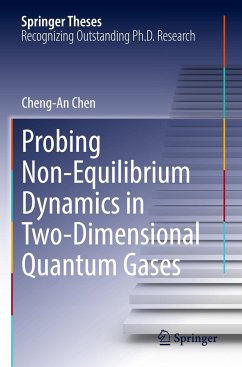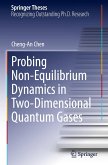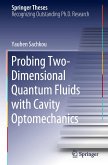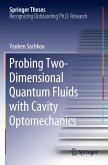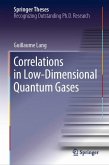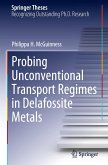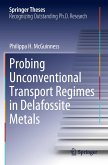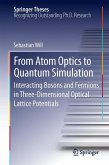This thesis explores the physics of non-equilibrium quantum dynamics in homogeneous two-dimensional (2D) quantum gases. Ultracold quantum gases driven out of equilibrium have been prominent platforms for studying quantum many-body physics. However, probing non-equilibrium dynamics in conventionally trapped, inhomogeneous atomic quantum gases has been a challenging task because coexisting mass transport and spreading of quantum correlations often complicate experimental analyses. In this work, the author solves this technical hurdle by producing ultracold cesium atoms in a quasi-2D optical box potential. The exquisite optical trap allows one to remove density inhomogeneity in a degenerate quantum gas and control its dimensionality. The author also details the development of a high-resolution, in situ imaging technique to monitor the evolution of collective excitations and quantum transport down to atomic shot-noise, and at the length scale of elementary collective excitations.Meanwhile, tunable Feshbach resonances in ultracold cesium atoms permit precise and dynamical control of interactions with high temporal and even spatial resolutions. By employing these state-of-the-art techniques, the author performed interaction quenches to control the generation and evolution of quasiparticles in quantum gases, presenting the first direct measurement of quantum entanglement between interaction quench generated quasiparticle pairs in an atomic superfluid. Quenching to attractive interactions, this work shows stimulated emission of quasiparticles, leading to amplified density waves and fragmentation, forming 2D matter-wave Townes solitons that were previously considered impossible to form in equilibrium due to their instability. This thesis unveils a set of scale-invariant and universal quench dynamics and provides unprecedented tools to explore quantum entanglement transport in a homogenous quantum gas.
Bitte wählen Sie Ihr Anliegen aus.
Rechnungen
Retourenschein anfordern
Bestellstatus
Storno

